I never imagined living on a homestead with a kapok tree growing on it, let alone two.
I’ve now taken quite a few pictures of the pair of kapok trees (Ceiba petandra) growing down by the river and can’t seem to stop.
The sheer size of the tree and the beauty of its spiky bark inspires me.
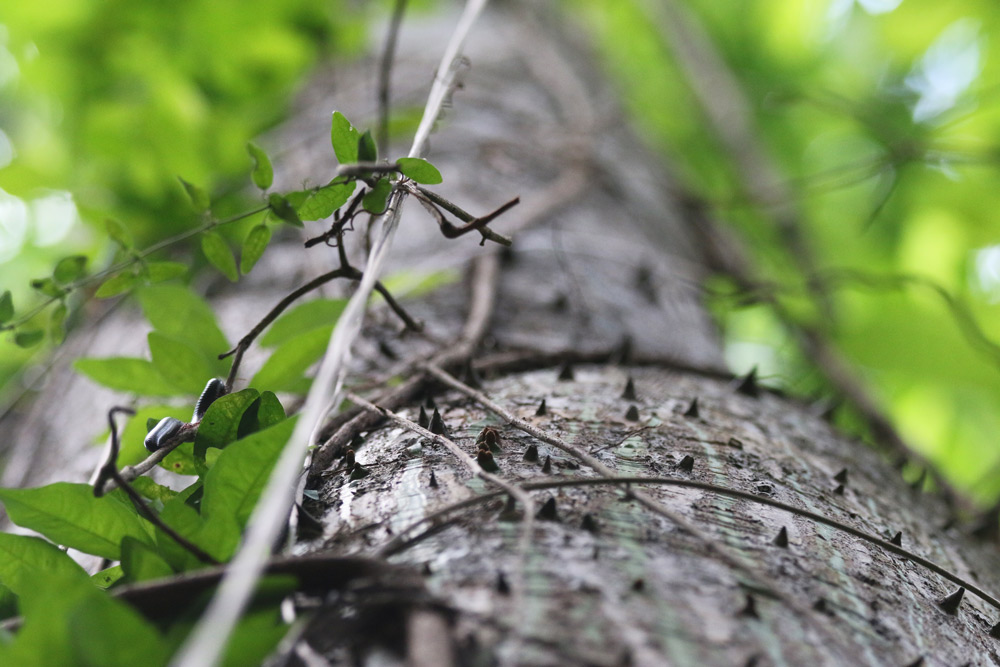
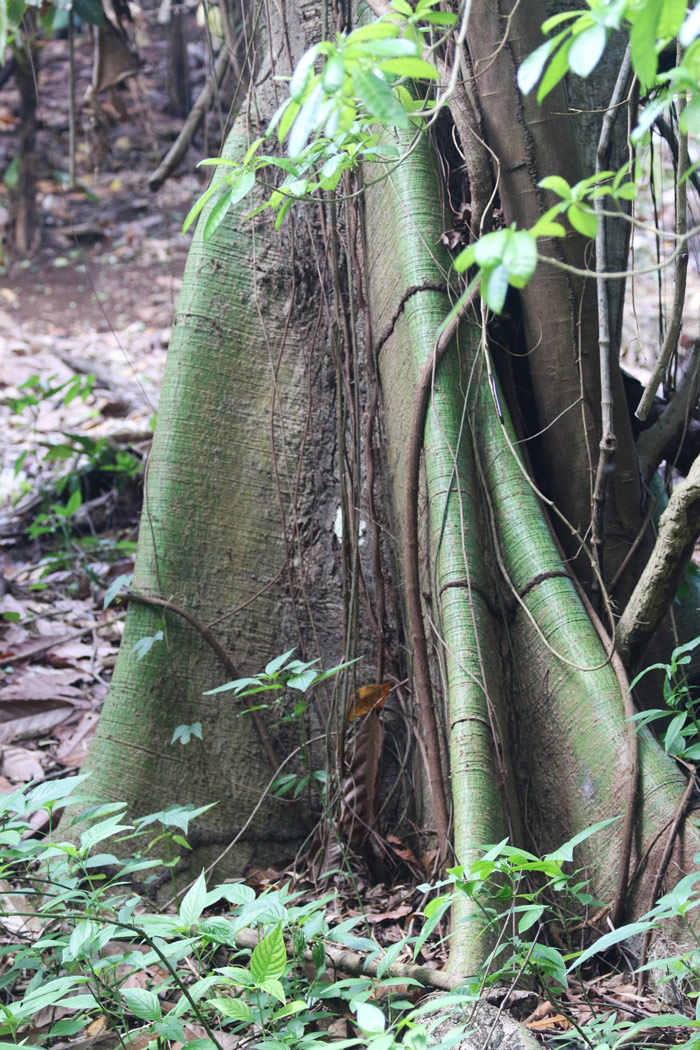
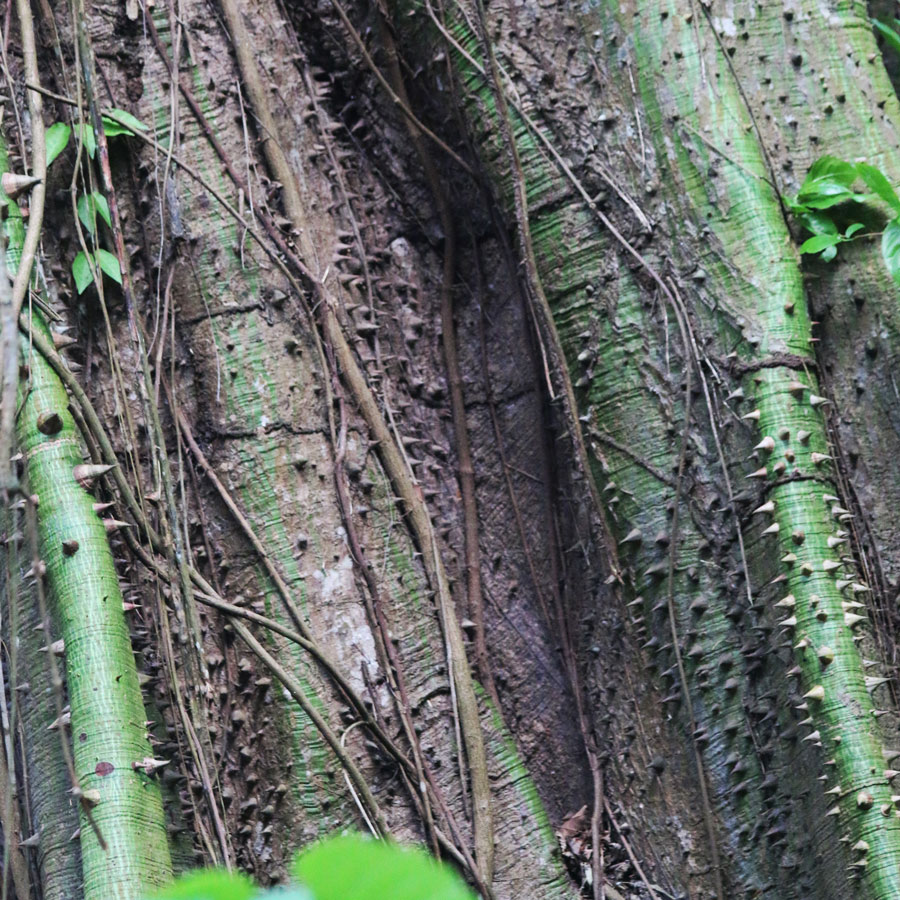
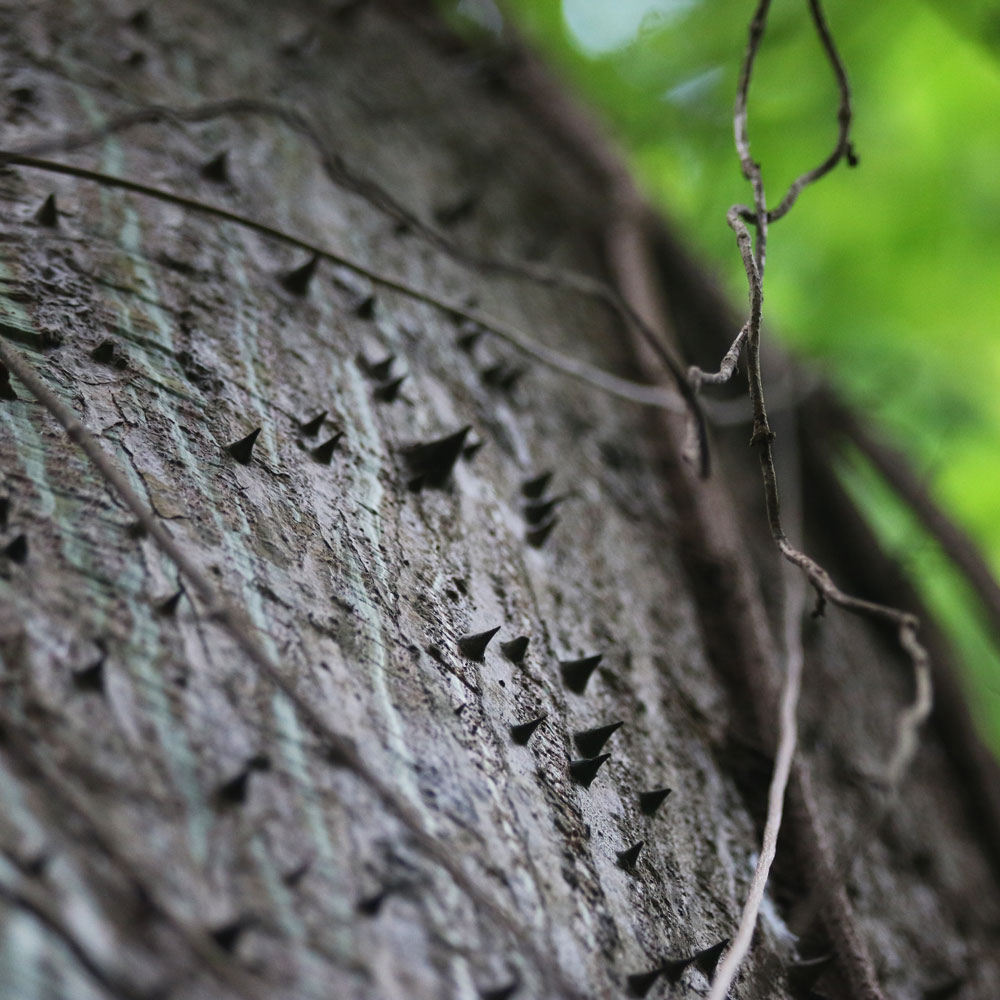
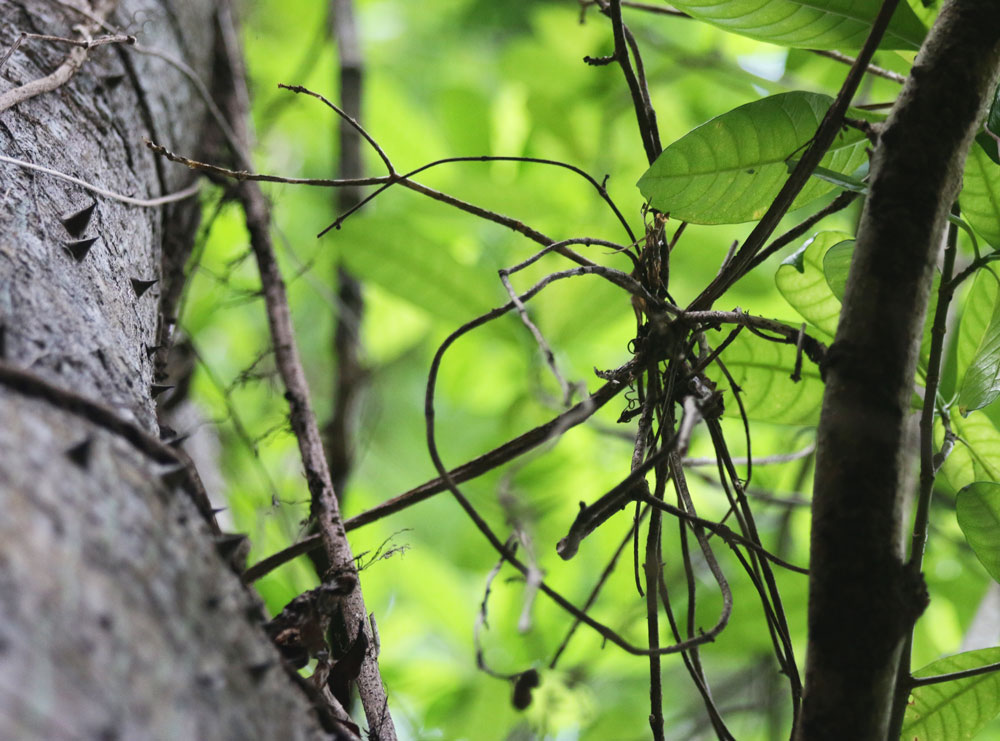
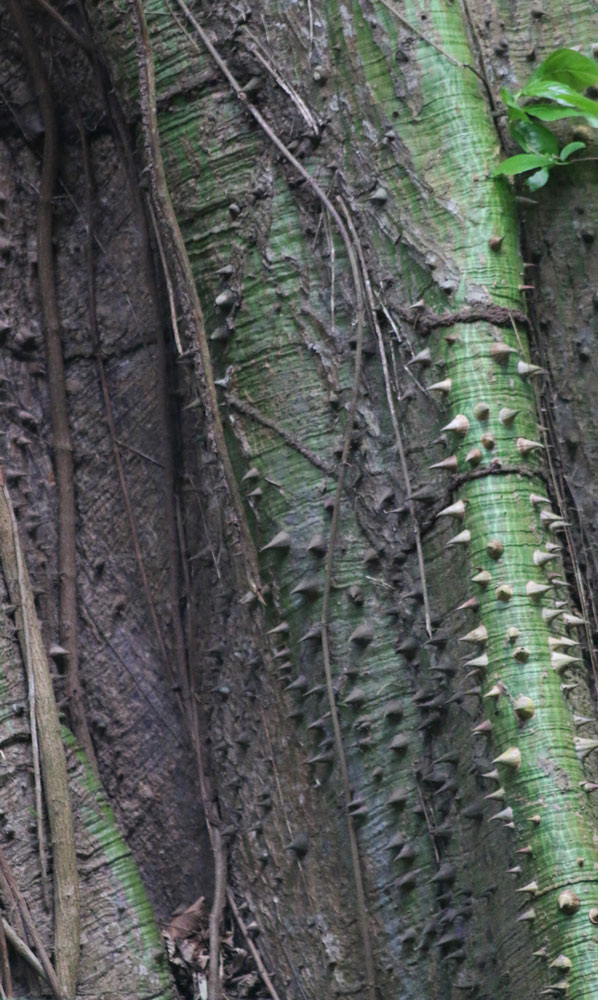
The kapok is a useful tree. Amazingly enough, it’s in the same family as hibiscus. Who would have thought that?
And this factoid from The Rainforest Alliance doesn’t surprise me one bit:
“The trunk can expand to nine or 10 feet in diameter. In the nooks and grooves of this huge plant live a diverse number of species including frogs, birds and bromeliads.”
Live oaks in the South serve the same function as cornerstone species that host many other organisms. I’ve seen oaks hosting ants, lizards, bees, wild orchids, climbing cacti, strangler figs, various epiphytic “air plants,” lichens, bolete and chanterelle mushrooms, virginia creeper, yams, beetles, moths and many other flora and fauna that would otherwise be homeless.
That’s why I urge my readers in Compost Everything: The Good Guide to Extreme Composting not to just view a non-edible tree as a “stupid worthless tree” but to see it as a multi-functional part of a living ecosystem.
In the case of kapok trees, they’re also useful for many other reasons beyond their capacity to host other organisms:
“In many places the straight trunks of the kapok tree are used to make dugout canoes. The white, fluffy seed covering is used in pillows and mattresses since it is buoyant and water resistant it is often used in flotation devices and padding. The seeds, leaves, bark and resin have been used to treat dysentery, fever, asthma, and kidney disease.”
A fascinating and beautiful tree. If I end up moving to another homestead here in the tropics, I’m going to plant a kapok wherever I settle.
Of course, I may move to my ancestral homeland of Europe at some point in the future. If that happens, I guess I’ll just need to build a really big greenhouse.


